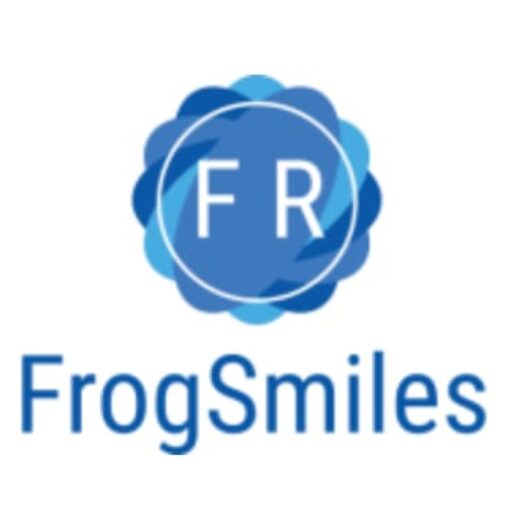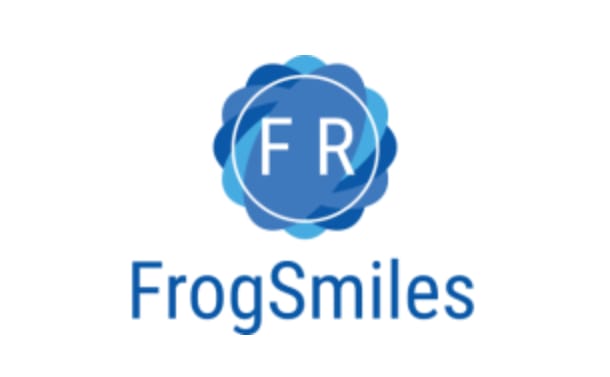Chinese box turtle for sale
$175.00 – $350.00
IN STOCK FOR $175. The chinese box turtle for sale is considered to be an endangered species by the IUCN. Threats to the Taiwanese population include habitat loss due to expansion of cultivated lands.
Anatomy of Chinese box turtle for sale
C. flavomarginata has a highly domed shell, the carapace and plastron of which are a dark brown with a cream-yellow stripe on the vertebral keel. The edge of the plastron is lightly pigmented due to the marginal scutes‘ and plastral scutes’ lighter pigmentation near their edges.
The skin on the limbs is brown, while the top of the head is pale green. Each side of the head has a yellow line extending from behind the eye backward. The skin beneath the head and between the limbs is a lighter pinkish color.
The name chinese box turtle for sale refers to C. flavomarginata’s ability to bring the plastron to the edges of the carapace. This is enabled by a hinge on the plastron and ligaments connecting the carapace and plastron, which allows for limited movement.
The forefeet have five claws, while the rear have four.
The external difference between male and female C. flavomarginata is slight. Males have a broader tail than females that is almost triangular in shape.
Distribution of Chinese box turtle for sale
C. flavomarginata is found in Central China: Hunan, Henan, Anhui, Hubei, Chongqing, eastern Sichuan, Zhejiang & Jiangsu provinces (generally along the Yangtze drainage). It is also found in Taiwan and Japan, specifically the Ryukyu Islands, Ishigaki, and Iriomote.
Ecology and life history of Chinese box turtle for sale
Trophic ecology
C. flavomarginata is omnivorous, and will eat a large variety of foods. “Adults favor earthworms, frozen pinkies (defrosted), snails, slugs, and mealworms. They also eat dry trout chow and moistened dry cat food, canned cat food; fruits including strawberries, bananas, cantaloupe, and papaya; and vegetables including grated carrots, corn on the cob, and squash.
Leafy greens are ignored. Invertebrates that the turtles hunt for include June bug (Phyllophaga) larvae and slugs being principal prey.”

| age | CB babies, CB juveniles, CB adults |
|---|---|
| sex | male, female |
Related products
Turtles
Turtles







